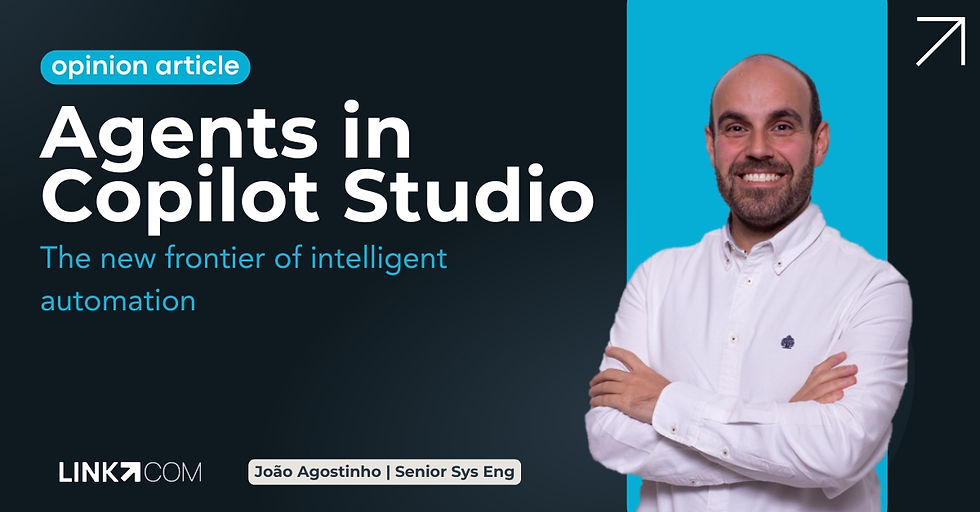Monitoring and Surveillance (SOC, SIEM): More than alerts — a source of business intelligence
- leonorgoncalves48
- Jul 14
- 2 min read
Updated: Jul 15

When we talk about SOC (Security Operations Center) and SIEM (Security Information and Event Management), the first image that emerges is almost always the same: a room full of screens and analysts monitoring security alerts 24 hours a day.
It is a correct view—but a deeply incomplete one.
In fact, investing in continuous monitoring with a SOC/SIEM isn't just for incident response or regulatory compliance. When leveraged well, these systems are powerful sources of operational and strategic intelligence , with value far beyond security.
First, SIEM centralizes and correlates logs and events from across the entire IT infrastructure. Millions of lines of data are collected daily from servers, applications, endpoints, and networks. The classic function is to look for signs of an attack—stolen credentials, lateral movement, malware. But this same data contains valuable clues for other aspects of the business:
Configuration errors that affect reliability.
Anomalous accesses that may indicate poor resource utilization.
Usage patterns that help plan capacity and investments.
Organizations that use SIEM only to “threat hunt” are missing out on the opportunity to better understand their own technology environment.
Data for auditing and governance: In regulated markets—financial, healthcare, industrial—the ability to reconstruct who did what, when, and how is not just a best practice: it's a requirement.
A well-configured SOC with SIEM provides comprehensive audit trails, facilitating compliance testing, internal investigations, or third-party reviews.
This reduces legal risks and external audit costs, as well as strengthening trust with customers and partners.
Insights for strategic IT decisions: The data collected by a SOC/SIEM isn't just operational. It can (and should) inform strategic decisions:
Cloud migration planning: understanding what is actually in use and where there are risks.
License and resource optimization: identify underutilized or duplicated systems.
Defining modernization priorities: knowing which systems generate the most alerts or failures.
Linkcom has worked with clients who, by consolidating logs into a SIEM, discovered not only security threats, but also technological inefficiencies and cost optimization opportunities.
Monitoring as a competitive advantage? Trust is essential, and being able to demonstrate control and visibility is a business asset.
Prove to partners that data is monitored and protected.
Reduce time and costs in due diligence or audit processes.
Facilitate entry into new markets that require proven security maturity levels.
Continuous oversight is not just a cost center: it is an investment in organizational maturity and competitive differentiation .
More than security—business intelligence. Reducing SOC/SIEM to an alarm tool loses much of its value.
Organizations that go beyond the traditional vision discover in these platforms a continuous source of reliable data on operations , useful for:
Improve security.
Comply with regulations.
Optimize resources.
Support strategic decisions.
At Linkcom, we believe that monitoring and surveillance should be designed not only to contain incidents, but also to create visibility, intelligence, and trust —fundamental elements for any organization seeking sustainable and secure growth. If your company is rethinking how to better leverage SOC/SIEM data, we're available to help you transform that vision into results.





Comments